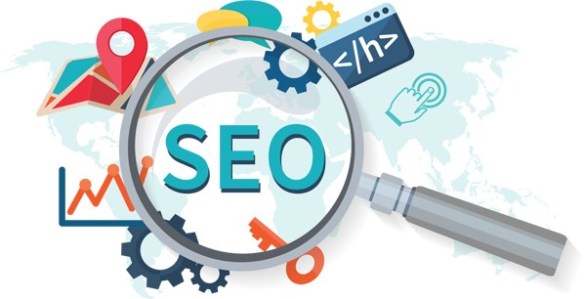HOW A.I. IS HELPING DETECT DISEASES
Artificial IntelligenceSolutions
Since the emergence of modern medicine, the disease
detection process has undergone many changes. However, it is still a slow and
slow job. Sometimes it takes weeks, even months, to diagnose a case.
But all this is changing AI. It is changing the way doctors
treat their patients. And the results seem very promising. These can be an
invaluable tool for doctors around the world. At a very affordable price at AI & IOT Solutions Agnecy Dubai UAE
SOME EXAMPLES
In 2018, Dr. Marco Topalovic (Ph.D.), from the Catholic
University of Leuven, told the interviews that, using A.I. With a good set of
data, they have been able to detect lung diseases more accurately and
efficiently than any of their residents. Although, through this example, it
seems that A.I. It's here to replace the doctors. They are not. They are here
to speed up the diagnostic process. And to provide a second reliable opinion to
doctors.
According to research by Signify Research, it is estimated
that hospitals around the world spend more than $ 2 billion on A.I. by the year
2023.
And much of that goes to A.I. Medical images AI. Medical
images can be a very powerful tool for doctors. In this, a machine learning
algorithm (a derivative of AI) receives many reliable and accurate medical
data. Training him to recognize unusual cell formations and other
abnormalities. This can help doctors by reducing the time needed to detect
these unusual forms, thus allowing the doctor to concentrate more on the
treatment side of the process. This can also be useful for detecting rare
diseases without performing a series of extensive and sometimes painful tests.
On June 12 of last year, the UI Health Care-Iowa River
Landing Diabetes and Endocrinology Center in Coralville became the first to use
an A.I. Medical based imaging technology developed by IDx. This A.I. The
medical imaging system takes pictures of the retina to look for different
abnormalities such as hemorrhages, micro aneurysms and many more that one could
get from diabetes.
This type of technology is especially useful for the
detection of diseases such as cancer, where time can play a very important
role. A good example of this is the Optellum startup. Last year, they were in
the process of developing an A.I. system to analyze lumps of cells in the
lungs, to determine whether they are cancerous or not.
Well, these were some examples where A.I. is or is
potentially helping doctors in diagnoses. It is not possible for me to list
them all in a blog. But, to paint a slightly larger image, here are some ways
that A.I. The medical field is improving.
1) TIME AND MONEY SAVINGS
As stated earlier, these A.I. Systems can accelerate the
disease detection process. As a result, freeing up time for doctors to
concentrate on the treatment side of the process. This, in turn, can save a lot
of money by eliminating the need for several doctors to examine any outcome.
Money, which can be used to hire more doctors, personnel, new and improved
equipment and much more.
2) SAVING MORE LIVES
When dealing with life-threatening diseases such as cancer
or any chronic or even mental illness, time can play a crucial factor. The
faster the symptoms are recognized, the more chances of recovery. With tests
that sometimes take a long time to be analyzed manually, A.I. It is the perfect
solution. By reducing the time needed for diagnosis, diseases can be detected
faster. Therefore, help doctors make a better treatment plan.
3) MORE ACCESSIBILITY
With increasingly advanced technology, it is also becoming
cheaper. People are working hard to do these A.I. Most affordable diagnostic
systems. And with more and more money invested in this type of research, it is
much cheaper. So that more and more hospitals can access them. Especially
hospitals that are not too developed.
4) RELIABILITY
Almost all A.I. The systems tested so far have proven more
accurate than doctors in their respective fields. As for example, the A.I.
system called Ultromics, developed by researchers at the John Radcliffe
Hospital in Oxford. He was trained to detect heart conditions. And according to
the hospital people mentioned above after the test, the system surpassed all of
its human counterparts.
Companies like General Electric, which manufactures CT
scanners, are now using Intel A.I features to allow the scanning device to
process images faster and determine unhealthy features. This software, after
undergoing tests, has demonstrated an accuracy rate of 97%.
CONCLUSION
We must adopt technology and reap its benefits. Sure, it can
be scary to trust a machine with something like our health, but if we think
about it, we put our lives in the hands of technology every day when we leave
the house. It is not a very strange concept.
Now, while A.I has proven to
be more efficient, a doctor can always see beyond any test data, detect any
minute of anomalies that can save someone's life. Therefore, these A.I systems are not here to replace doctors, they are to help them.




Comments
Post a Comment